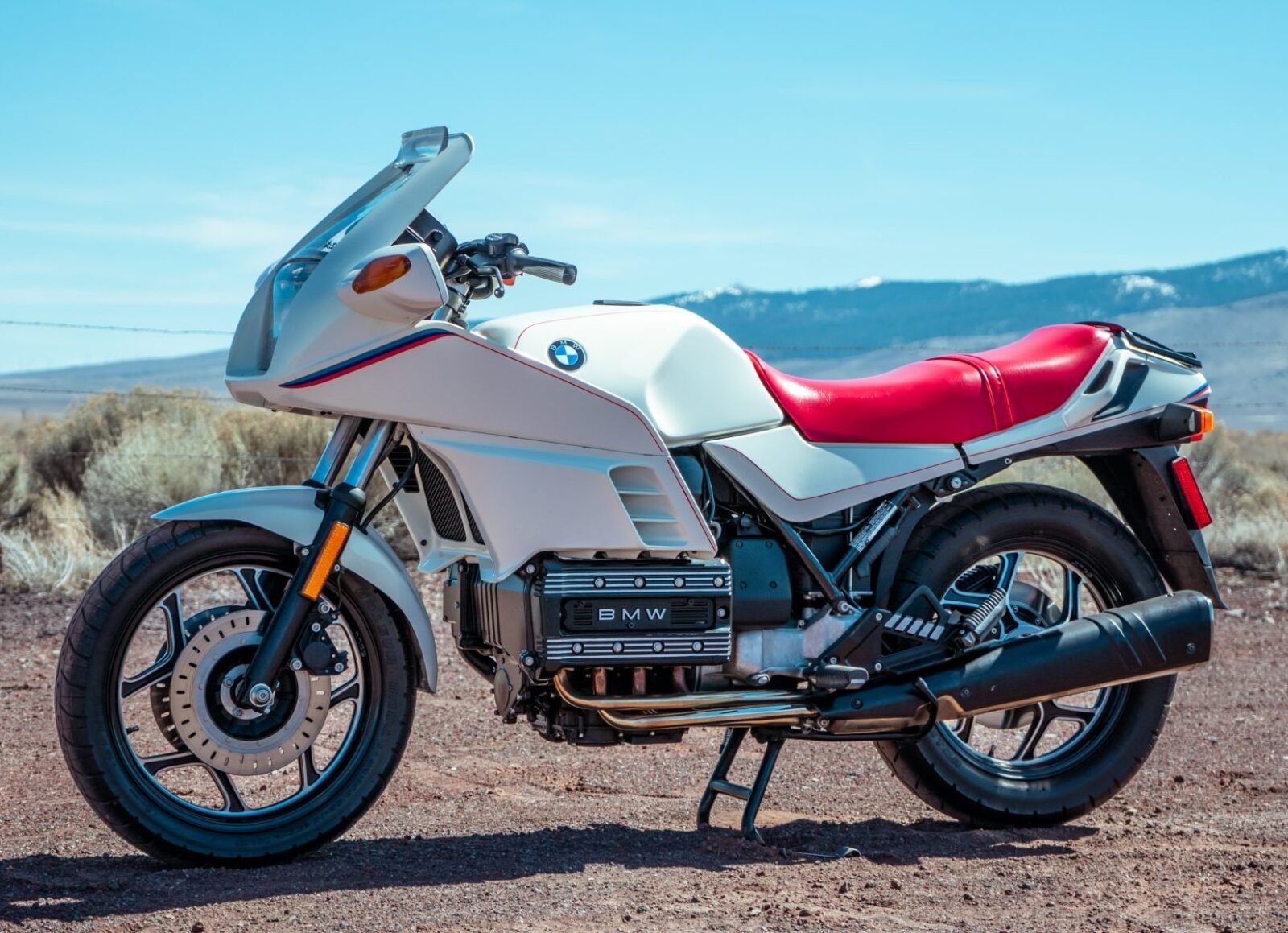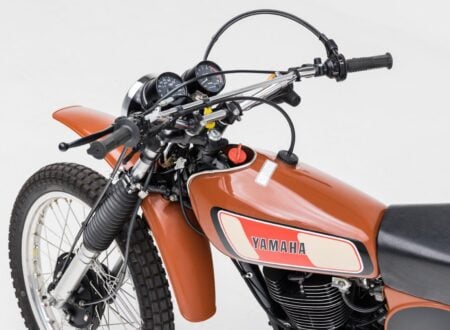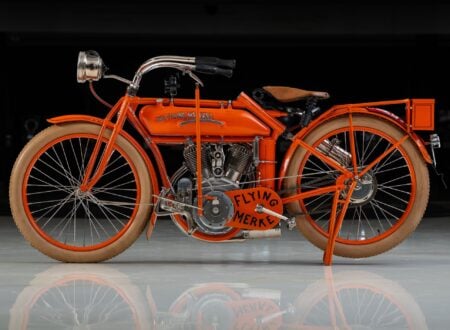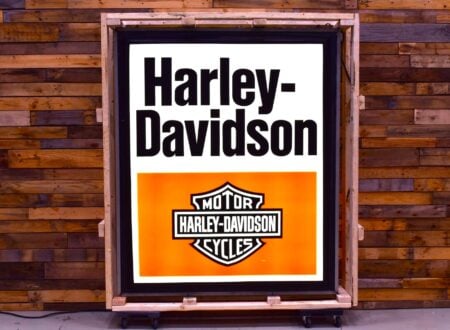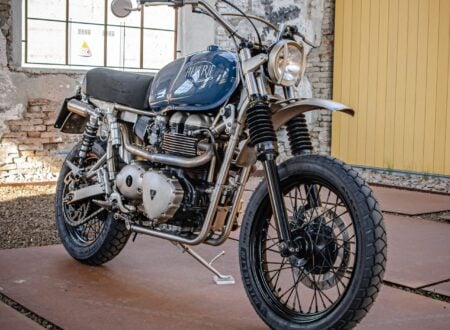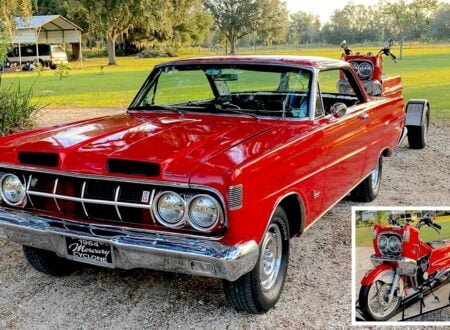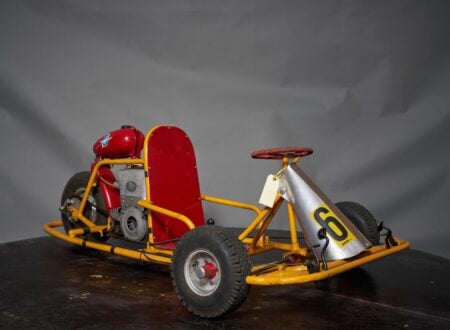This is a remarkably original 1987 BMW K100RS that has accrued just 4,600 miles from new, 3,200 of which were added since 2022. It’s now being sold out of Bend, Oregon with many original accessories including the toolkit and panniers.
The BMW K-series was a family of motorcycles developed to bring the German company alongside the dominant Japanese manufacturers of the 1980s. It’s powered by an inline four mounted on its side for low center of gravity, and K100 series bikes were hailed as some of the best sport tourers of their time.
Fast Facts – The BMW K100RS
- The BMW K100 series was developed as a response to the rapidly evolving motorcycle market of the 1980s, which was increasingly dominated by Japanese manufacturers and their advanced, reliable four-cylinder machines.
- BMW Motorrad, needing to innovate beyond their traditional air-cooled, flat-twin engines due to stricter emissions regulations and competitive pressures, introduced the K100 with a modern, liquid-cooled, inline-four engine.
- The K100’s engine design was influenced by BMW’s extensive experience in automobile engine development, utilizing a 987cc double overhead cam inline-four layout with electronic fuel-injection from Bosch LE-Jetronic. This setup was capable of producing 90 bhp, later increased to 100 bhp.
- This particular K100RS model from 1987 is notable for its originality and low mileage. Having accumulated just 4,600 miles, with 3,200 added by its second owner since 2022, it is one of the lowest mileage K100 series bikes ever featured on Silodrome. Preserved with many original accessories including a BMW toolkit and panniers, it is now being sold in Bend, Oregon.
The Rush To Save BMW Motorrad
BMW Motorrad, the motorcycle division of the German company, had been building air-cooled, flat-twin motorcycles very successfully since 1920, but by the late 1970s it was clear that something new was going to be needed to keep the company viable.
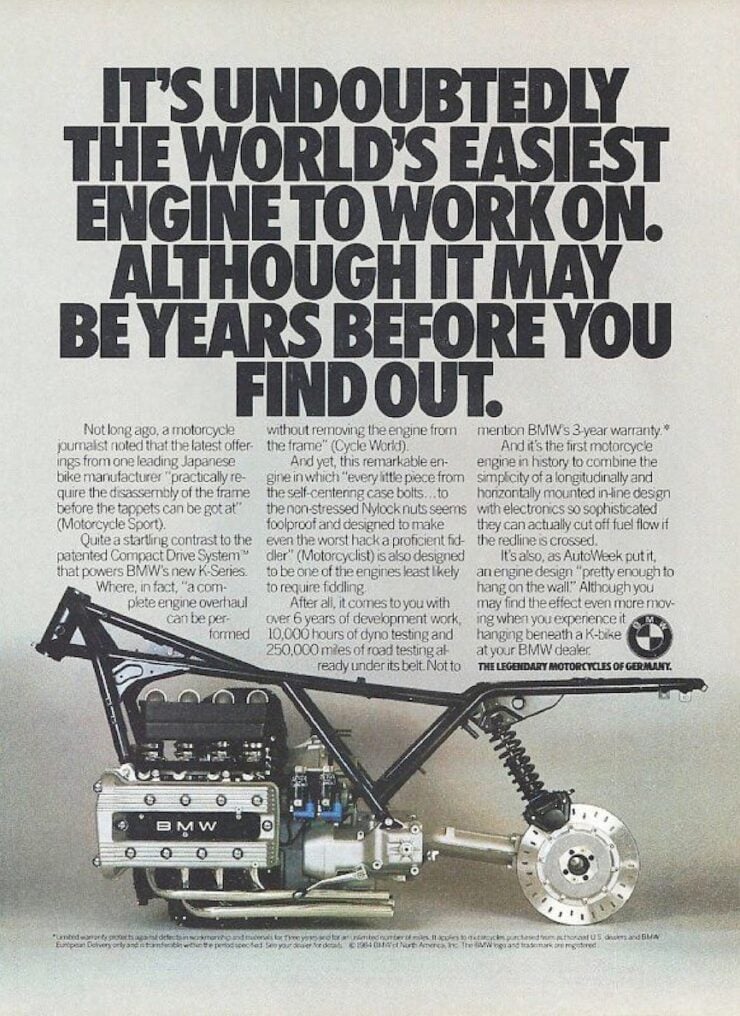

Increasingly strict emissions regulations, particularly in the United States, meant that a more modern family of liquid-cooled engines was going to be needed. Rapidly evolving competition from Japan, starting with the Honda CB750 and the subsequent Universal Japanese Motorcycle that followed, also required a significant response.
These advanced motorcycles from Japan with their reliable four-cylinder engines and friendly riding characteristics were making the motorcycles being made by the leading British, Italian, German, and American manufacturers look a little dated.
Motorcycle marques from all of these nations responded to the Japanese onslaught in their own varying ways, but it was the German response in the shape of the BMW K100 that was arguably the most effective. Certainly the most effective as the 1980s dawned and an uncertain future lay ahead.
BMW realized they needed a liquid-cooled engine, and inline-fours were the dominant layout at the time thanks to the UJM, but rather than fitting the engine upright and transverse across the frame, they opted to lay it flat and have it longitudinally arranged.
There were a few benefits to this, access to the cams and valves was easier, and the output shaft was directly inline with the shaft final drive to the rear wheel. Plus, the center of gravity was low, contributing to the bike’s handling.
The First (Peugeot-Powered) Prototype Debuts
The first prototype of the bike that would become the BMW K100 was powered by a PSA-Renault X-Type engine from a Peugeot 104 automobile. It was essentially a proof of concept, and once approved BMW engineers got to work developing their own engine.
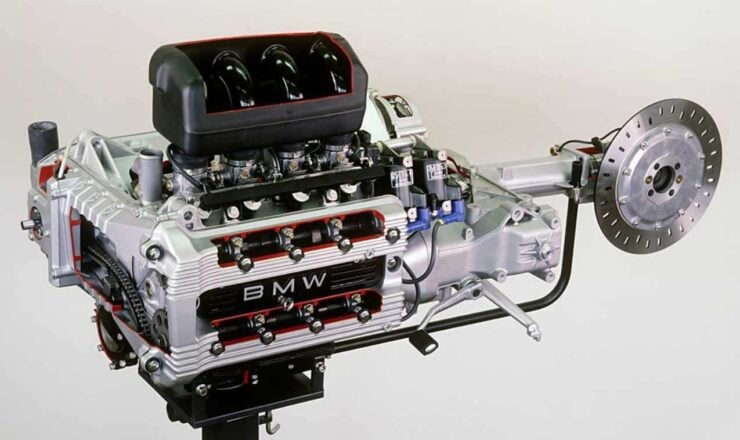

The automobile wing of BMW had considerable experience developing liquid-cooled inline fours with electronic fuel-injection, and this expertise was drawn upon for the K100 – giving them quite a head start.
The final engine design would be a 987cc double overhead cam inline four with two valves per cylinder, Bosch LE-Jetronic fuel-injection, a 5-speed transmission, and a shaft drive to the rear wheel.
This engine was good for 90 bhp and 63 lb ft of torque, which was increased to 100 bhp by 1988 – BMW’s first motorcycle engine to break into the three figures and a significant power output by the standards of the era.
It would be the K100, and the K75 and K1 that followed, that would truly bring BMW into the modern age. The K-series has also been credited with saving BMW, and helping to change the company’s reputation from a traditional air-cooled bikes to state-of-the-art motorcycles.
The 1987 BMW K100RS Shown Here
The motorcycle you see here is a BMW K100RS from 1987 that has remained in a museum-level of originality since new. It remained with its first owner for decades but was very rarely ridden, between 1987 and 2022 it has accumulated just 1,400 miles on the odometer.
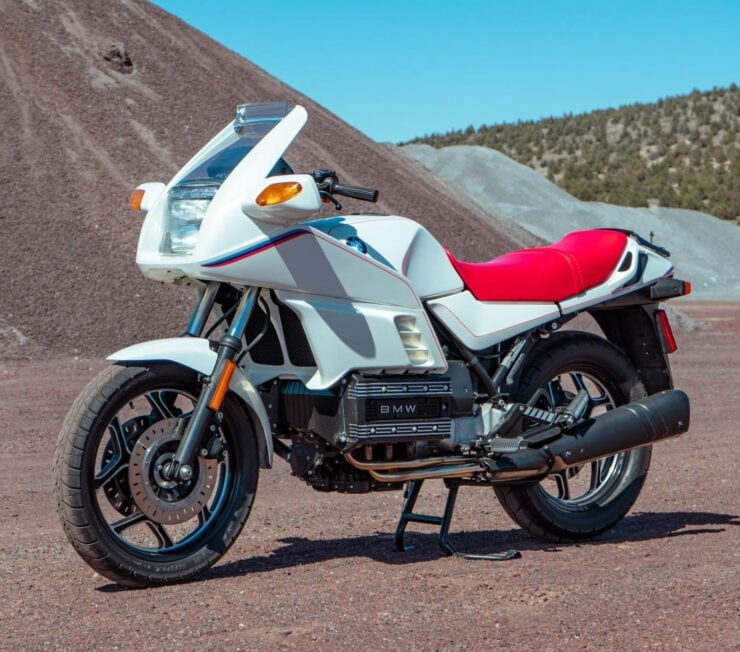

Since being sold to its second owner in 2022 it now has 4,600 miles on the clock, still making it by far the lowest mileage K100 series bike we’ve ever featured on Silodrome.
It’s now being offered for sale out of Bend, Oregon on Bring a Trailer with manufacturer’s literature, spare parts, a tool kit, a set of panniers, a set of BMW-branded soft bags, and a clean Oregon title in the seller’s name. If you’d like to read more about it or register to bid you can visit the listing here.
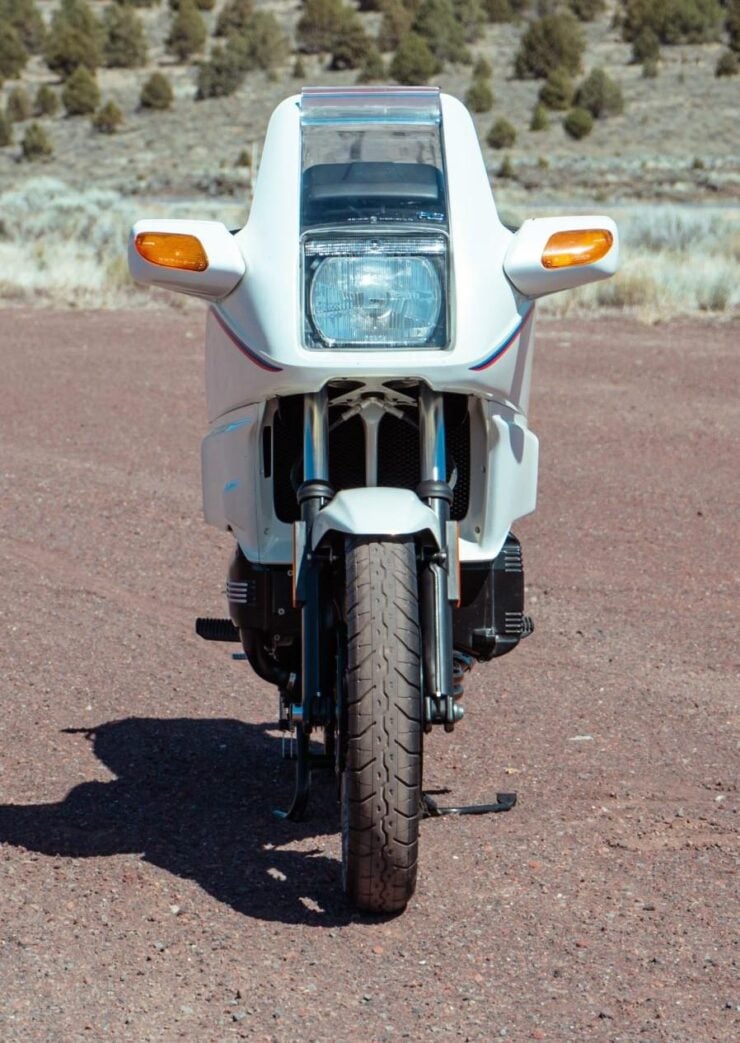
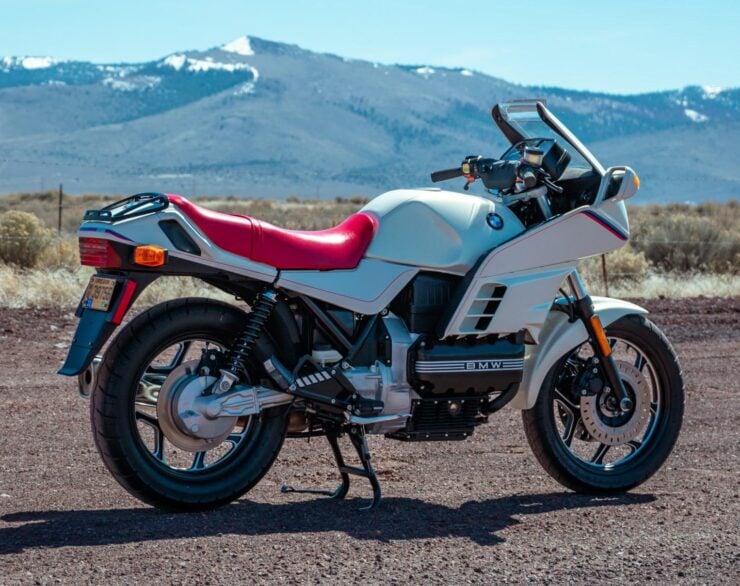
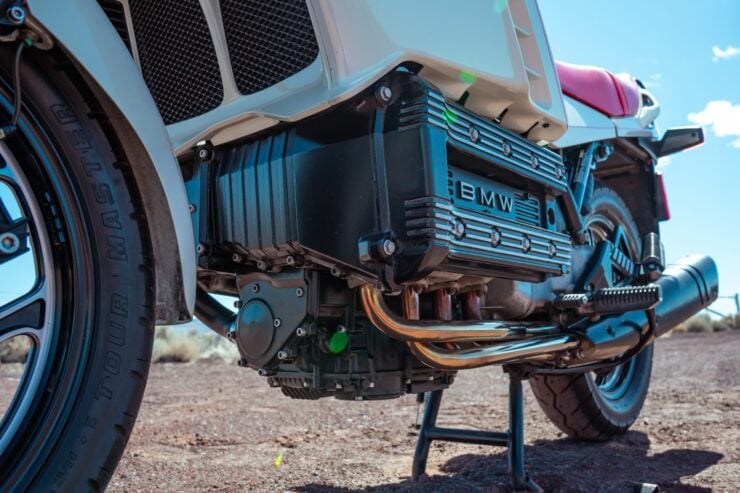
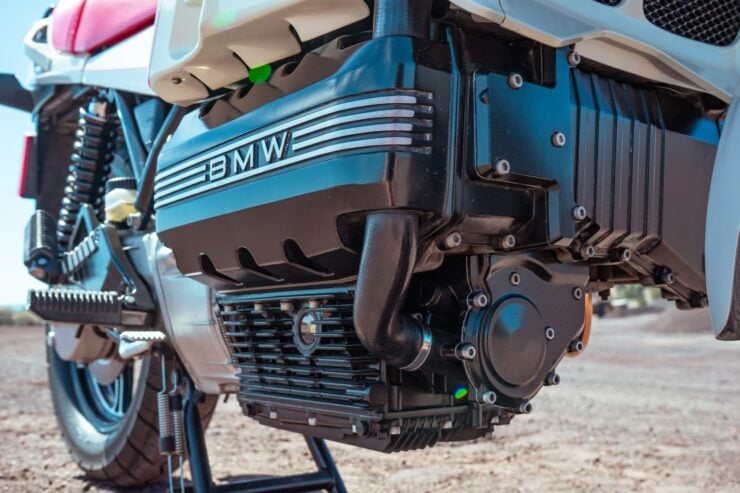
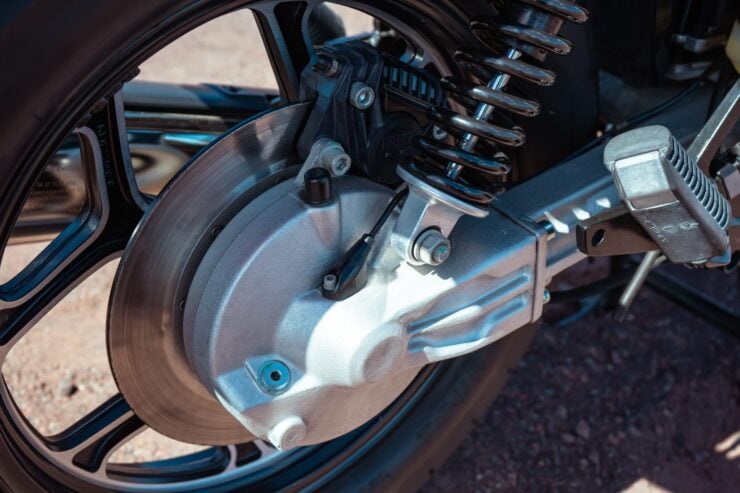
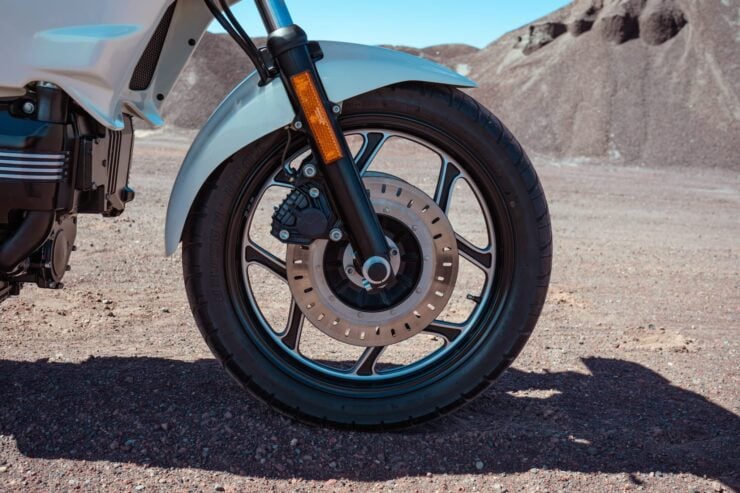
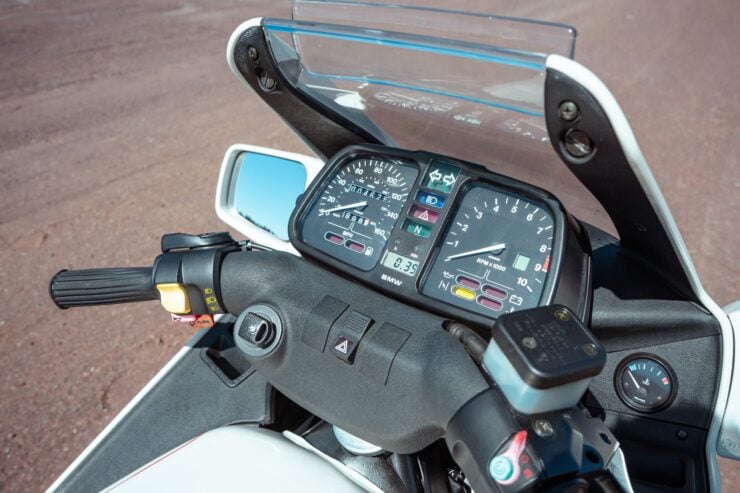
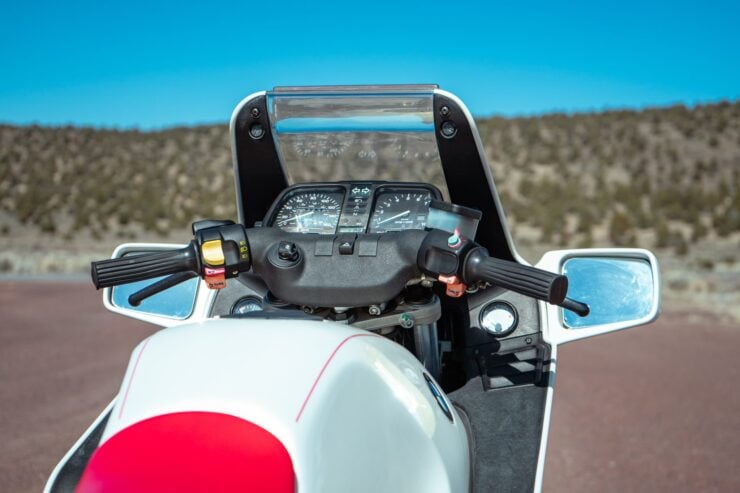
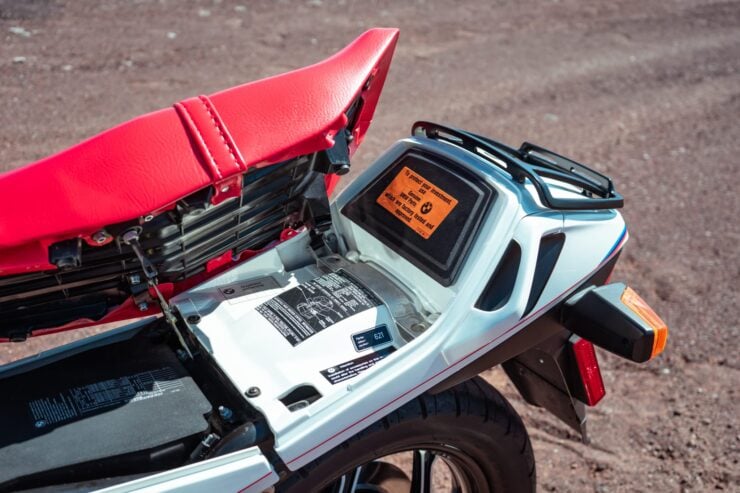
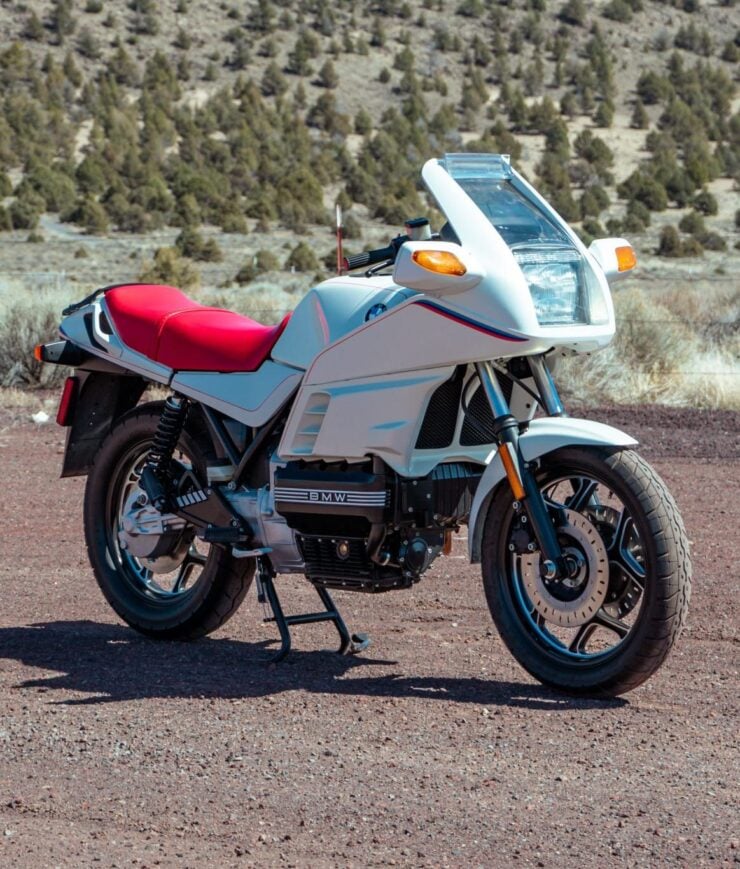
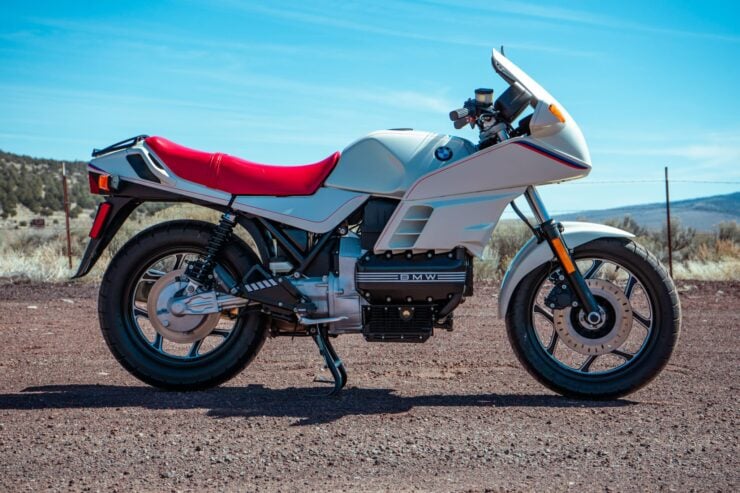
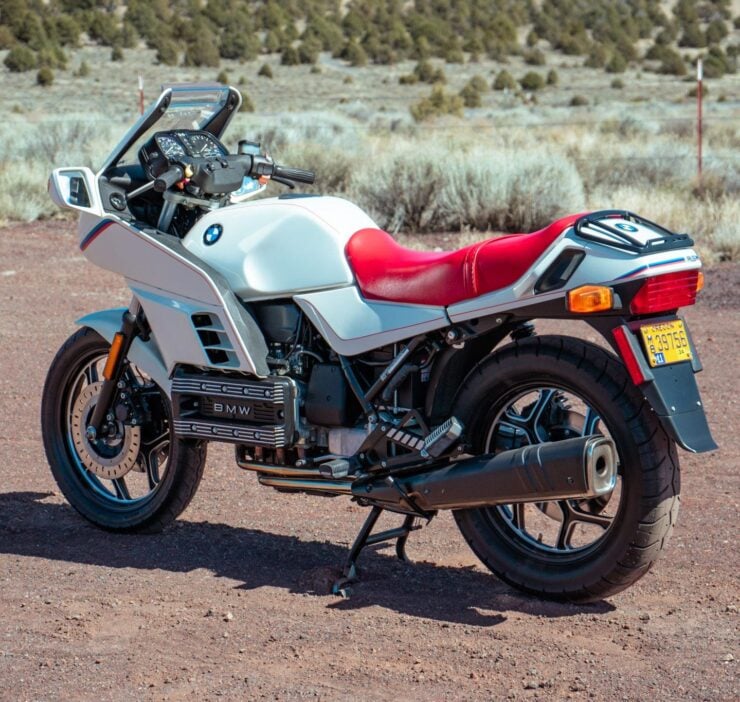
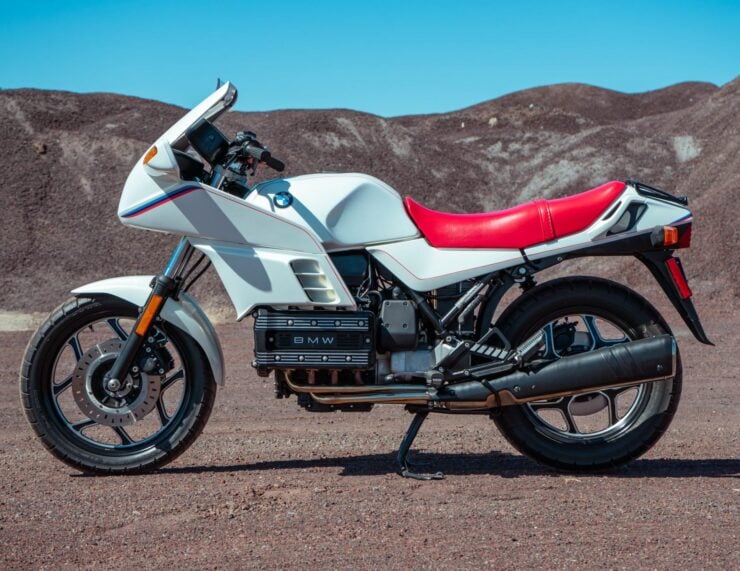
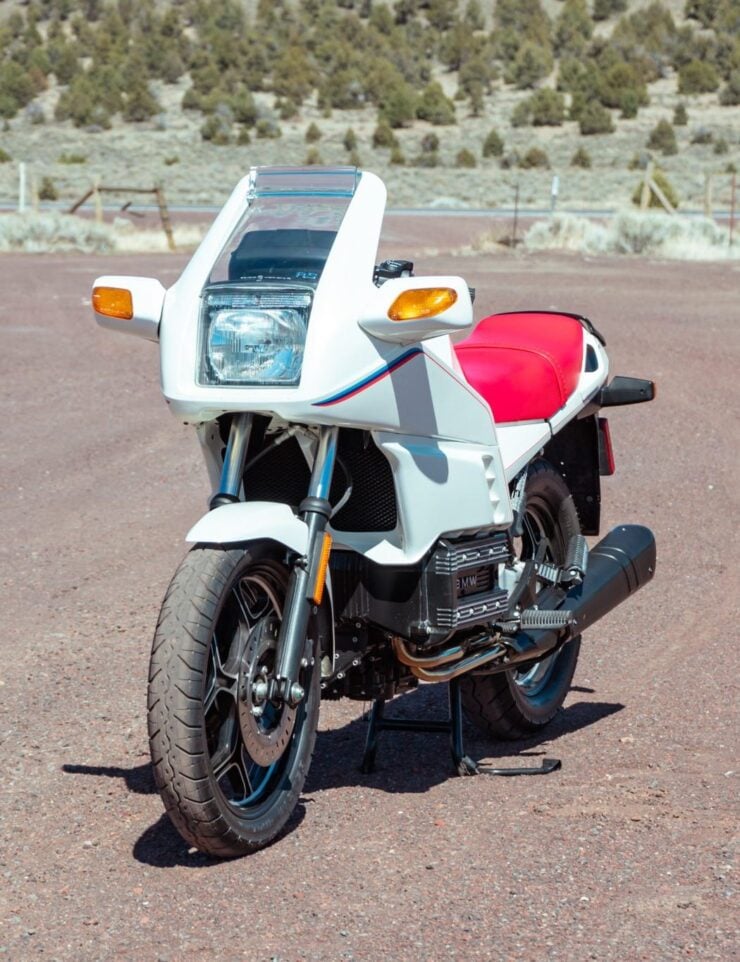
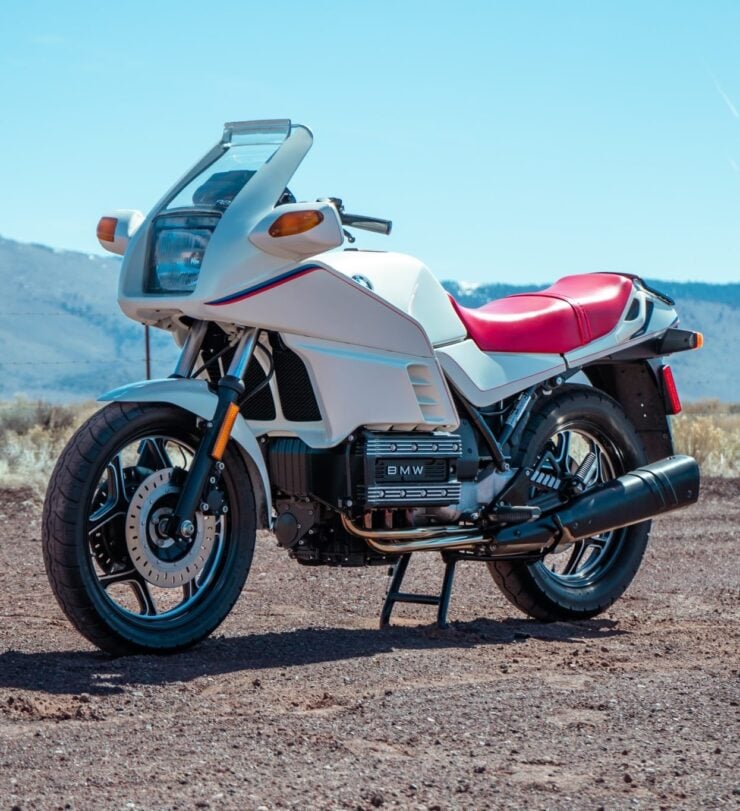
Images courtesy of Bring a Trailer

Articles that Ben has written have been covered on CNN, Popular Mechanics, Smithsonian Magazine, Road & Track Magazine, the official Pinterest blog, the official eBay Motors blog, BuzzFeed, Autoweek Magazine, Wired Magazine, Autoblog, Gear Patrol, Jalopnik, The Verge, and many more.
Silodrome was founded by Ben back in 2010, in the years since the site has grown to become a world leader in the alternative and vintage motoring sector, with well over a million monthly readers from around the world and many hundreds of thousands of followers on social media.

